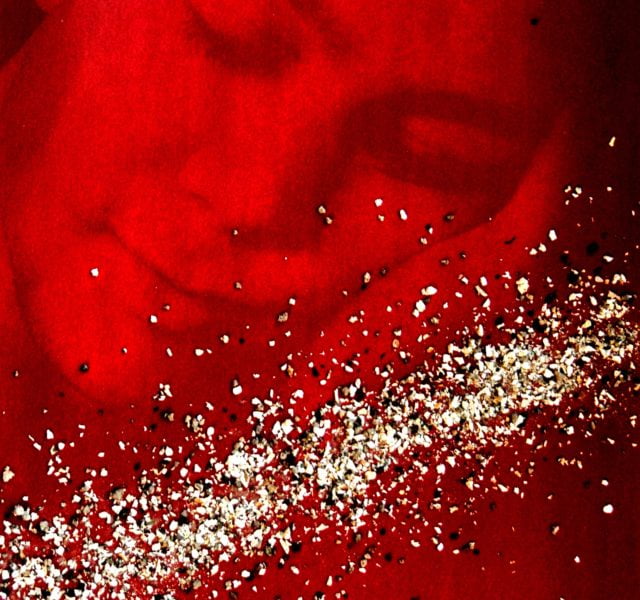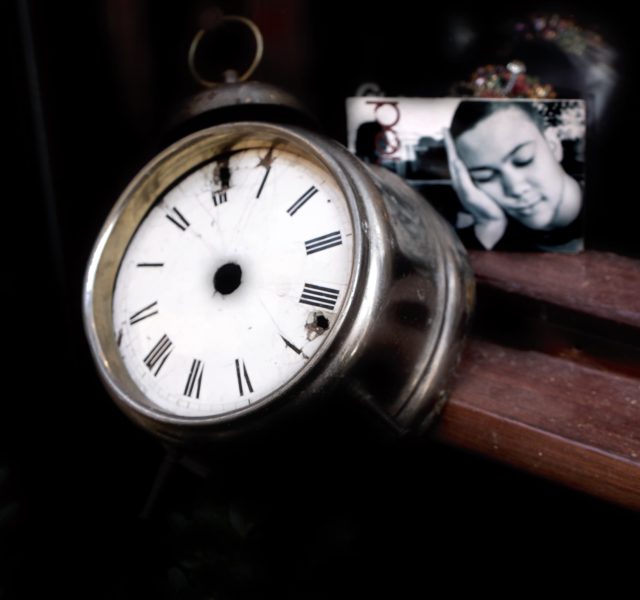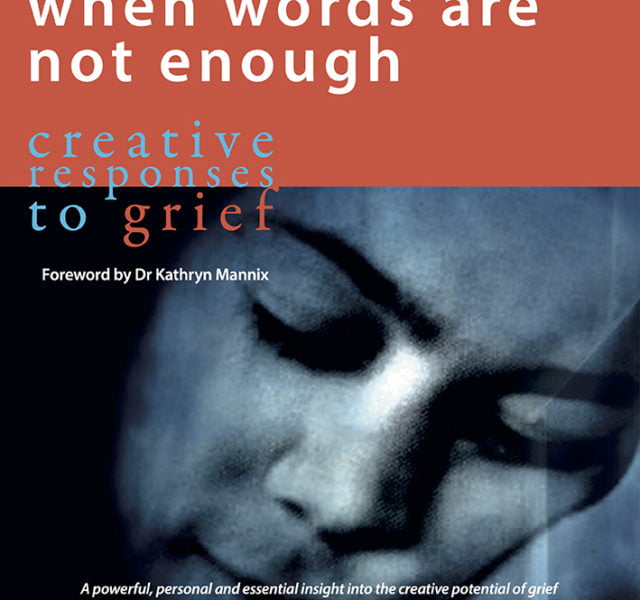When words are not enough
How do we find ways to express painful feelings when words are not enough? In their recently published book 'When Words are not Enough' Jane Harris and Jimmy Edmonds draw on their own experience of loss, and how the death of their son Josh has led to a creative response that is more than word bound.
Our 22 year old son Joshua died in January 2011. He was killed in a road accident while on holiday in South East Asia.
All such deaths seem to be followed by so many “what ifs” – a visceral urge to try and undo history. Josh had had his life ripped from him and our own lives too, felt like they had been torn apart.
At a loss for words
How to fill this void? How to escape from time stopped? Of course, time hadn’t stopped, we’d just been stopped in that time. Or this is how we felt in the weeks and months following our son’s death. Not only had we lost that connection to a routine sense of time, it felt that we were without any kind of coherent language, no way of telling the story of what had and was happening to us.
I looked at endless poems and searched inside my heart for the words that might describe our loss, but there are no words.
Jane opened with the above thoughts at Josh’s funeral. In those early days of grief, we experienced our pain as something totally unique. Just as our love for Joshua was (and is) unique and just as no one else could or even had the right to describe it, neither had anyone devised anything that came anywhere near to expressing the depth of our suffering.
Scroll forward eleven years and maybe, just maybe, we’ve begun to find an answer. Our recently published book “When Words Are Not Enough – creative responses to grief” is an attempt to bring what we have learned into some coherent whole. Since Josh died, we have carried out a vast range of film and photography projects, engaged with bereavement networks up and down the country, and created our own charity The Good Grief Project and its programme of Active Grief Weekend retreats.
All of this has led to an understanding that our grief is, almost by definition, a creative endeavour.
Everything we have done and continue to do to ease the pain and to accommodate our loss – everything we make that acknowledges our grief and the way we have been changed by Joshua’s death – will be something new, something that wouldn’t and couldn’t have existed had he not died.
A continuing bond
Central to our experience and to an understanding of how our grief plays out, is the idea of a continuing bond with our son. We’ve devoted a specific chapter in our new book to the way this has informed and nurtured our lives without him, or without his actual physical presence. That our lives have been changed is beyond dispute, but to know that we reshape them in ways that still included Joshua was transformational.
That this is normal and healthy response to trauma and loss is echoed in the stories of 13 other bereaved people included in our book and all of whom have also made an intentional response to their grief and in various ways have made the choice to share it publicly. While some are professionals, many have turned to the arts for the first time simply as a response to their trauma, but all have found that the process of creating something new to fill that void left by a loved one has been truly cathartic.
In doing so they are not so much looking back to memories as re-presenting them in the context of their lives now.
- Gary Andrews’ doodles are a daily account of his family’s life now, even as his dead wife often appears to give him her blessing.
- Gillian Melling and Cassie Toulouse have taken their children’s artworks as a basis for new creations.
- Sophie Pierce writes letters to her son in the first person – not from madness but as a need to maintain a loving relationship with him, letting him know of new pleasures in her life.
- Sangeeta Mahajan has discovered a new art form that brings her peace.
- Billie Oliver and Ruth Fitzmaurice relish the challenge of diving into cold waters as a way of connecting with their loved ones.
These are all very different and uniquely creative responses to trauma following the death of a loved one. Together they illustrate how creativity can shape a future where those who have died still play a part, even while physically absent. This is a normal and restorative aspect of the grieving process.
Out of time
Possibly our favourite chapter in the book is ‘Out of Time’ in which Jimmy describes an early project involving the production of anthotypes, photographic images produced by laying a transparent material over paper coated with vegetable dye. As there’s no way to ’fix’ such an image, the project became a way of exploring our sense of being in time while Josh is now out of time.
If a regular photo is made in the fraction of a second, an anthotype will need an exposure time of days, even weeks. If a photographic print has the potential to last forever and will more often than not outlive its subject, an anthotype will fade in a matter of months.
Drawn to this idea of photographic impermanence and as a measure of our temporal existence, we embedded some of Joshua’s ashes into the anthotypes, so that by the time his image had faded away all that remained was, in fact, all that remains.
If Joshua’s death has taught us anything – it is that we are more comfortable with the end of our own lives. He has taught us how to die.
When Words are not Enough – creative responses to grief is published by Quickthorn Books. Buy the book here.
Find out more about Jane and Jimmy’s work, including previous films and events coming up around the book’s release at www.thegoodgriefproject.co.uk. Or follow them @thegoodgriefproject on Instagram and Facebook and @goodgriefproj on Twitter.
Images below: Anthotype made from beetroot juice and sprinkled with Joshua’s ashes; Photo from the book (Jimmy Edmonds); Book cover



